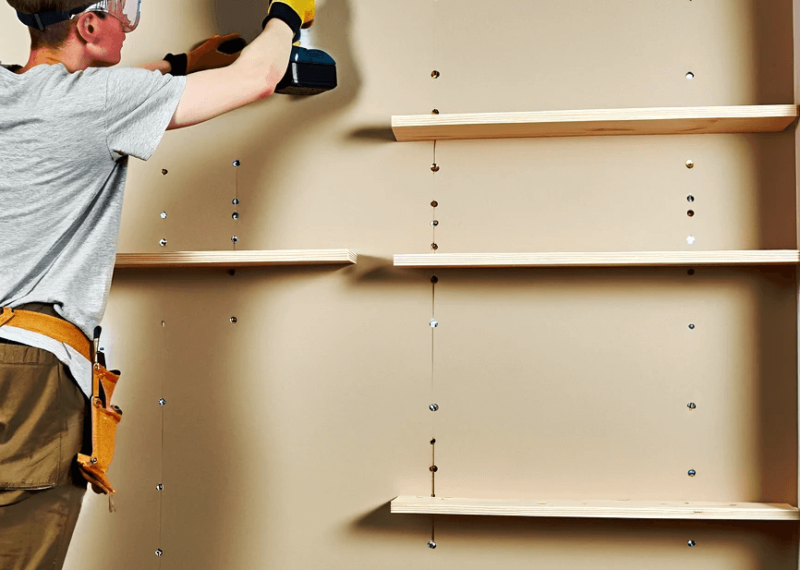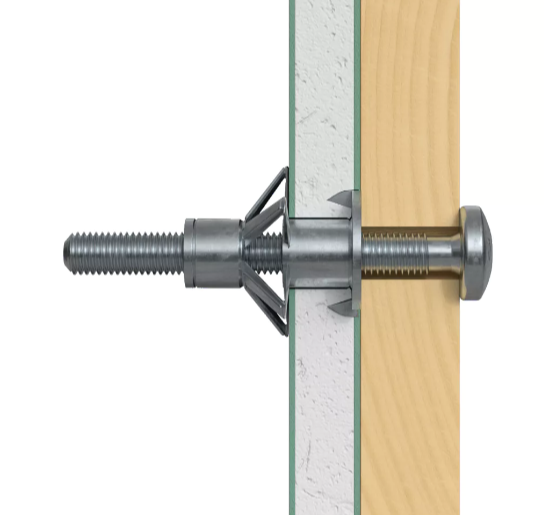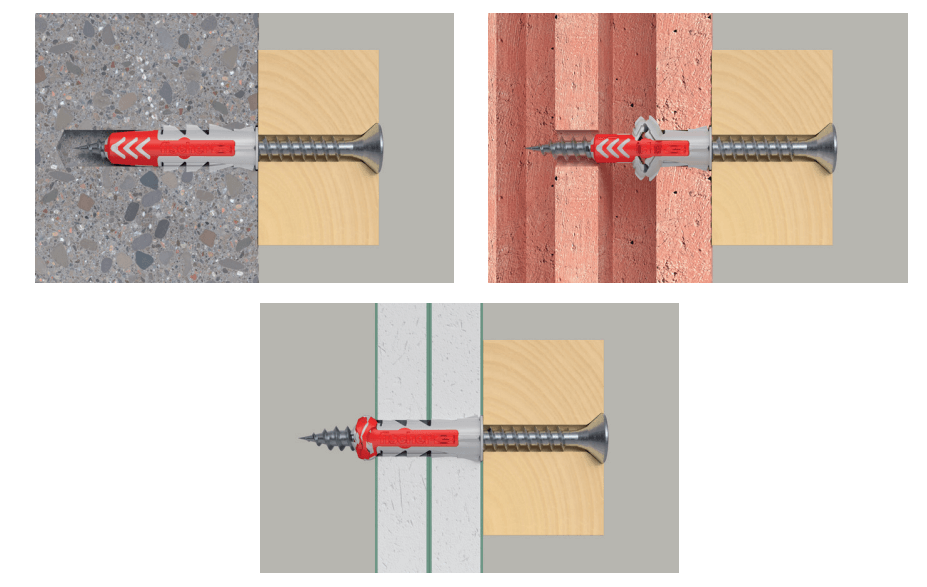Plasterboard fixings are an essential component of home DIY projects, particularly when you’re looking to mount or hang objects on walls made of plasterboard. Understanding the different types of fixings available and how to use them can make your project much easier and ensure that your objects stay securely attached to the wall.

How to Use Plasterboard Fixings
A guide to the best plasterboard fixings to use depending the use case.
Read more

